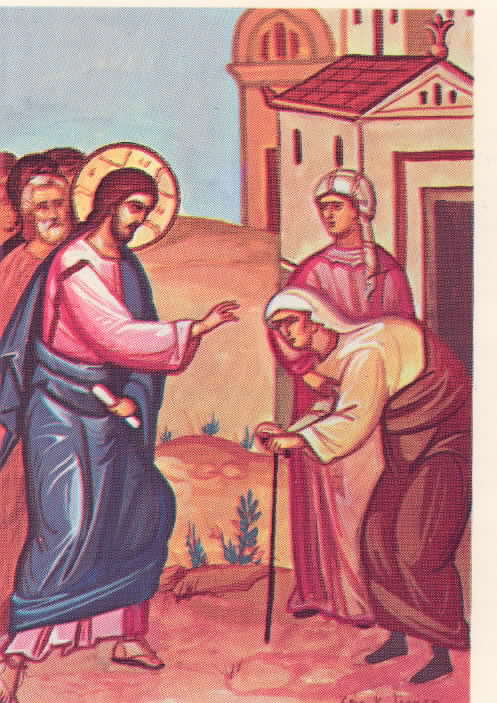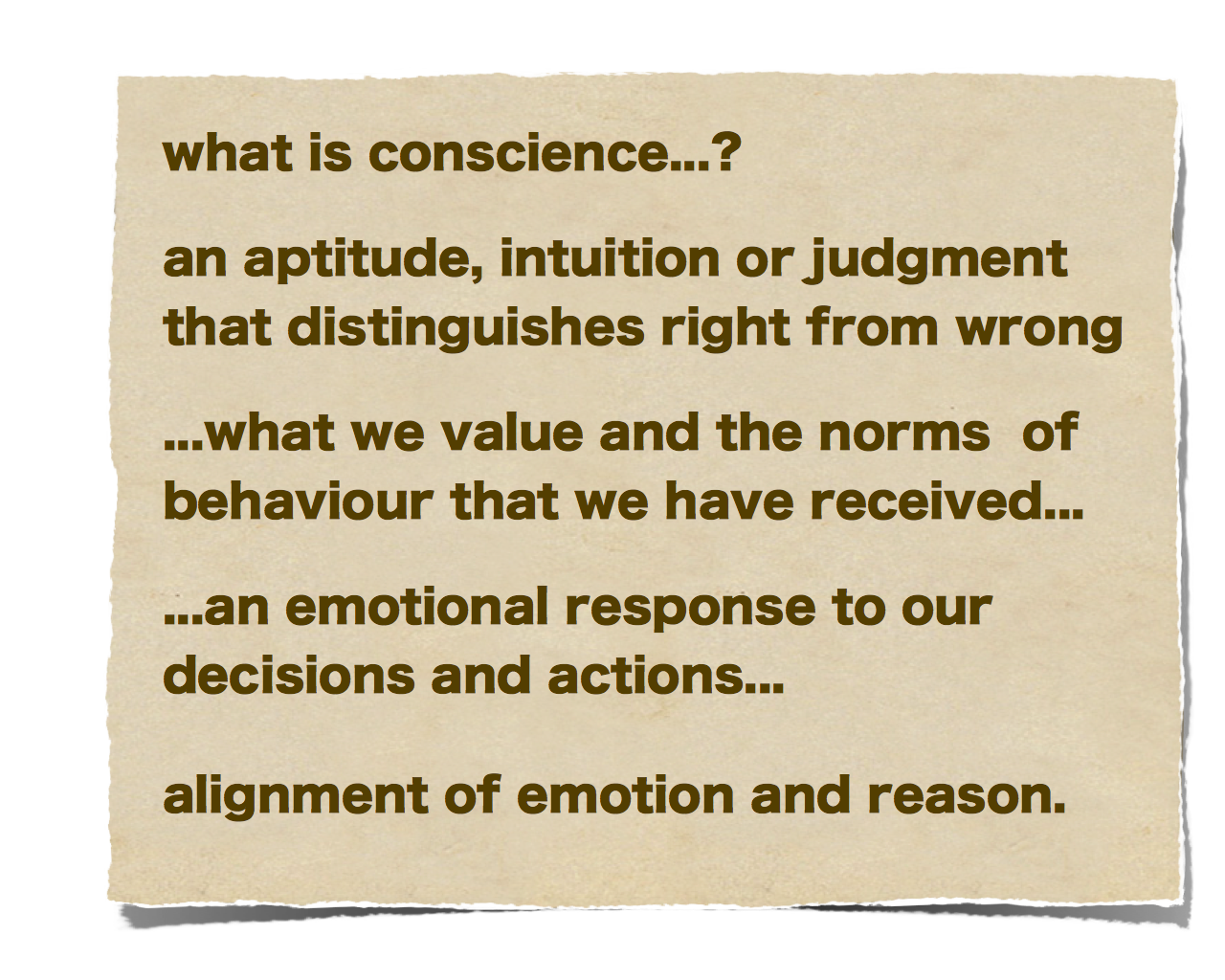Tuesday, July 23, 2013
Tuesday, June 25, 2013
Healing Bible Stories

1.Read the Bible Story
2.match each story to an explanation
3.short summary
4.what healing is done?
5.What it tells us about Jesus?

In this story Jesus disputes the Scribes and Pharisees
understanding of the meaning of the Jewish law of the Sabbath by Jesus healing a man with a shrivelled hand.
•Jesus is showing a Physical healing because he heals a mans
hand
•In this story it tells us that Jesus is a compassionate,
brave, powerful and caring person and has a passion for justice.
Luke 13:10-17=story one
In this story Jesus is teaching in a synagogue on a Sabbath
and a Woman was there who has been crippled by an evil spirit and Jesus heals
her, the outrage of the synagogue leader causes him to question Jesus “There
are six days for work. So come and be healed on those days, not on the
Sabbath.” However, Jesus answered “You hypocrites! Doesn’t each of you on the
Sabbath untie your ox or donkey from the stall and lead it out to give it
water? 16 Then should not this woman, a daughter of Abraham, whom Satan has
kept bound for eighteen long years, be set free on the Sabbath day from what
bound her?”
•Jesus is demonstrating a physical healing as he touched her
and she was healed and could stand up straight
•This story depicts the kindness and compassion of Jesus and
also shows his wisdom and knowledge
This story is about when Jesus Healed a Paralyzed man and forgave him of sins which was seen as an act of blasphemy by the Pharisees.
- Jesus healed the man spiritually and physically because he forgave the mans sins and made him walk again
- Jesus is merciful, forgiving and loving and shows authority

John 9:1-12=story 5
This story is about how Jesus healed a blind man from birth, he did this by spitting on the ground and made mud with his saliva and dirt and put it on the man's eyes. Then he told him to wash his eyes in the pool of Siloam, the man did this and he could see.
- Jesus performed a physical miracle because he healed the man from blindness.
- From this we can understand that Jesus was and is a being of complete healing and comfort and humility.

Luke 18:35-43 = story 2
This story is about a blind man who asked for Jesus's mercy and healing. Jesus listened to the man and both forgave him and made him see again.
- In this story there are 2 kinds of healing; spiritual and physical
- This story depicts Jesus' love and mercy and healing, it also shows his willingness to listen and also enforcing the concept of "ask, and you shall recieve"

Wednesday, June 19, 2013
What Happens in the Sacrament of Penance and Reconciliation?

Define the word Reconciliation
1. To re-establish a close relationship.
2. To settle or resolve
3. To restore to friendship or harmony
Four things must happen when we receive the Sacrament of Reconciliation;
1. We must truly feel sorry for our sins
2. we must confess our sins to a priest
3.we must be willing to make amends from harm made when we sinned
4. we must receive absolution and forgiveness from the priest.
The Sacrament of Reconciliation includes the following steps;
1. Examination of Conscience
2. Confession of sins
3. Receive Penance
4. Pray the Act of Contrition
5. Receive Absolution
Examination of Conscience
- Before you go to confession, you should take time to think about ways you have hurt your relationship with God. Have you sinned?
- Think about the Ten Commandments and ask yourself if you have broken any of these.
1. Enter the confessional and kneel or sit
2. Bless yourself with the sign of the cross and say "Bless me, Father for I have sinned." State how long has it been since your last confession.
3. The priest may read a passage from Bible
4. The priest will ask you to confess your sins.
5. The priest will give you your penance (usually prayers or actions you must do).
6. The priest will invite you to pray the Act of contrition.
7. The priest says a prayer, and in the name of Jesus, absolves your sins.
8. Thank the priest and leave the confessional.
9. Do your penance as soon as you can.

Tuesday, June 18, 2013
Reconciliation & our Conscience
1.What makes people want to say sorry?
When someone has done something wrong they may feel guilty about it and want to apologise
2.How is the sacrament or reconciliation a celebration?
Reconciliation is a celebration of the acknowledgement of one's sins and taking responsibility for them and repairing and strengthening their friendship with God and the Church.


3.Name some selfish attitudes which lead to selfish actions that might be
confessed, for example, greed leads to stealing.
- Hate may lead to revenge (murder etc.)
- anger may lead to abusive behaviour
- Jealously may lead to gossip and hurtful words and or fights

4.List the feelings associated with sin and its consequences (eg: guilt,
alienation, loneliness)
- hate, punished, miserable-depressed
- Jealously, not accepted, alone- depressed - worthless
5.What are some of the consequences of sins?
- Separation from God, Jesus & Holy Spirit
- Harmful to one's self
- Harmful to others
- sin might follow with more sin
- Eternal death
- Hell
- shame
6.Does everyone have a conscience? What is it?
Yes, a conscience is when you no/ understand whats right and wrong. It is also making a ethical and righteous decision.
7.Suggest three questions that would help someone to examine his or her
conscience.
- Am I treating others with love and respect?
- Am I speaking words of encouragement and love and being non-judgemental?
- Am I doing/completing God's Will?
Sunday, June 16, 2013
Reconciliation

What happens when we sin?
When we sin, we don't just break a law, we break our communion, our unity with God. We also break our communion with the church.
When did Reconciliation
begin?
Reconciliation began with a practice in Celtic monasteries that spread throughout the church when annual confession became a requirement by the church (Fourth Lateran Council,1215)
Why do we confess to a
priest?
Only God can forgive sin, but Jesus also wanted/said we should confess to someone else so we can acknowlege our sin and be forgiven by them. “Whose sins you forgive are forgiven them, and whose sins you retain are retained.” (we confess to a priest because they have the power to forgive sins)
Why do we need to confess
out loud?
By confessing our sins out loud we take responsibility for them, and therefore open ourselves again to God and to the communion of the church.
What is a contrite
heart?
A heart that is truly sorry about what you've done (repentant)
Look up definitions for
mortal and venial sins?
A serious, grave or mortal sin is the knowing and willful violation of God's law eg; idolatry, adultery, murdere etc.
Venial Sins are slight sins. They don't break our friendship God although venial sins do injure it. Which involves the disobedience of the law God in slight matters eg. gossiping
What does it mean to be 'out
of communion?"
out of communion means out of touch or disconnected.
Can a priest tell anyone
about your confessed Sin? Explain?
No, because of the sacramental seal. A priest who breaks the seal can be excommunicated from the church and only the Pope can restore the role of that priest.
Wednesday, June 12, 2013
Jesus and Healing
Mark 5:21-43 Jesus raises a dead girl and heals a sick
woman.

Questions
Jesus was walking with common people and people were
gathered around him when a woman who was bleeding and was getting worse,
thought if she only touched Jesus then she would be healed, so she did this and
she was immediately healed of all her suffering. Jesus then said "who
touched me?" the women then kneeled before Jesus filled with fear then
Jesus said to her “Daughter, your faith has healed you. Go in peace and be
freed from your suffering.”
Then Jairus (a
synagogue leader) said “Your daughter is dead,” they said. “Why bother the
teacher anymore?”Jesus overheard this;Overhearing[c] what they said, Jesus
told him, “Don’t be afraid; just believe."Jesus then went to the 12 yr old girls house where there was
a lot of commotion (wailing and crying)“Why all this commotion and wailing? The child is not dead but asleep.” 40 But they laughed at him.
Jesus then went to the child and;“Talitha koum!” (which means “Little girl, I say to you, get up!”). 42 Immediately the girl stood up and began to walk around (she was twelve years old). At this they were completely astonished. 43 He gave strict orders not to let anyone know about this, and told them to give her something to eat.
How did she show her faith
She had faith and hope and believed that he would heal all
her suffering just by touching him.
Because Jesus seeked the person who touched him and blessed
her. He also didn't judge the two people and just healed them.
3) How did the groups of people differ in the two stories ?
In one group there was common people and the other group was the religious leaders.
Did Jesus care about 'social status'?
No, Jesus helped everyone and anyone, he had/has no
judgement and no prejudice and treats everyone with love and equality.
How can we apply this message (see 'judge' act) in our own
lives?
We can apply this message by trying not to judge others and
to help anyone in need.
Tuesday, June 11, 2013
Hurting mask
My mask represents when my cat doesn't let me pat her and when she runs away from me.
To symbolise my offence, confusion, frustration,suffering, saddness and rejection I used the colour black which is not such a happy colour.
To symbolise my offence, confusion, frustration,suffering, saddness and rejection I used the colour black which is not such a happy colour.
Wednesday, June 5, 2013
Summary of what Christians believe
The Holy Spirit-Beliefs
- the Holy Spirit acts as a guide, as we make decisions and choices
- as the giver of life the Holy Spirit is associated with the breath of God which moves over the void (Genesis 2:2) and is breathed into humanity as its creation (2:7)
- the Holy spirit is the living memory as the mighty deeds of Jesus (John 14:26)
- the Holy Spirit is the source of inspiration within human beings to find their full humanity.
Symbols of the Holy Spirit
- Fire
- Dove
- wind
- water

Tuesday, June 4, 2013
Pentecost & The Holy Spirit
Pentecost is a celebration that marks the 'birth' of the Christian church by the power of the Holy Spirit. Pentecost means "fiftieth day" and is celebrated 50 days after Easter.
Who / what is the Holy
Spirit?
The Holy Spirit is the LORD's spirit that has existed forever along with the Father & the Word (Jesus) which is the trinity. The Holy Spirit helps, protects and guides people everyday and works through many people and helps them to be immersed with righteous, God's light and Jesus' Grace.

When was Pentecost first
celebrated (which century?)
Pentecost was first celebrated in the 1st Century.
The Holy Spirit is the LORD's spirit that has existed forever along with the Father & the Word (Jesus) which is the trinity. The Holy Spirit helps, protects and guides people everyday and works through many people and helps them to be immersed with righteous, God's light and Jesus' Grace.
What happened at Pentecost?
"Ten days after Jesus ascended into
heaven, the twelve apostles, Jesus' mother and family, and many other of His
disciples gathered together in Jerusalem for the Jewish harvest festival that
was celebrated on the fiftieth day after Passover. While they were indoors
praying, a sound like that of a rushing wind filled the house and tongues of
fire descended and rested over each of their heads. This was the outpouring of
the Holy Spirit on human flesh promised by God through the prophet Joel (Joel 2:28-29). The disciples were suddenly empowered to
proclaim the gospel of the risen Christ. They went out into the streets of
Jerusalem and began preaching to the crowds gathered for the festival. Not only
did the disciples preach with boldness and vigor, but by a miracle of the Holy
Spirit they spoke in the native languages of the people present, many who had
come from all corners of the Roman Empire. This created a sensation. The
apostle Peter seized the moment and addressed the crowd, preaching to them about
Jesus' death and resurrection for the forgiveness of sins. The result was that
about three thousand converts were baptized that day. (You can read the Biblical account of Pentecost in Acts 2:1-41)."
(from website; http://www.stpaulskingsville.org/pentecost.htm#WHAT IS PENTECOST?)
What part of the year is
Pentecost celebrated?
Pentecost, is a 'Moveable celebration', the date of Pentecost depends on the date of Easter (counting both Easter and Pentecost) But Penecost is celebrated 50 days after Easter.
What is Jesus really saying
to the folks here - John's Gospel (20:19-23). It tells of a visit of the Risen
Christ to the disciples huddled in fear. "Peace be with you," Jesus says. "As
the Father sent me, so I am sending you." After saying this, Jesus breathed on
them and added, "Receive the Holy Spirit." The breath, the life, of Jesus
himself. We are God-breathed. Pentecost celebrates that reality.
Jesus is telling them that he must return home to Heaven because his destiny and work has been done. So now he needs them to spread the message of love and word of God & Jesus everywhere and he empowers them to do that by bringing them peace and pouring the Holy spirit onto them to guide them and protect them and to help them speak the truth about Jesus's life and his teachings.
What seems to happen when
people allow this divine Spirit to energize them?
People are filled with love, Joy and are empowered with Grace to undergo the day it stops all darkness from entering their being. The Holy Spirit can fill people with such power that they can do supernatural things like when the apostles went off to spread the word about Jesus and his message they were able to speak different languages.
Sunday, June 2, 2013
Jesus
Question Jumble
Who is Jesus Christ?
Jesus Christ is God the Son, who became man for us.

Is Jesus Christ truly God?
Jesus Christ is truly God, the second person of the trinity, the Son, the Eternal Word, whom with the Father and the Holy Spirit always was, is, and always will be. 'In the beginning was the Word' (John 1:1)

Is Jesus Christ truly man?
Jesus Christ is truly man because he has the nature of man, having a body and soul.
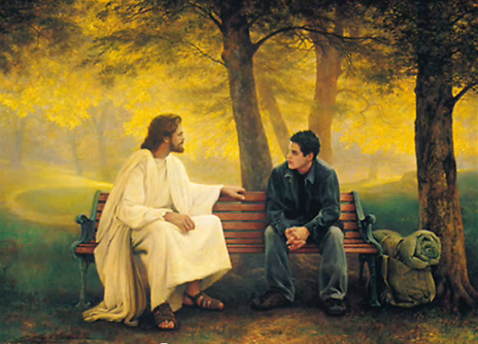
Was Jesus Christ always man?
Jesus Christ was not always man but became man in the womb of the Virgin Mary.

What do we call the mystery of God becoming man?
We call this mystery 'the Incarnation' which means that God the Son, became man, a human being like us from sin. 'the Word was made flesh and dwelt among us' (John 1:14).

How many natures are there in Jesus?
There are two natures in Jesus, the Divine nature of God and he Human nature of man.

What does the name 'Christ' mean?
The name Christ means annointed.
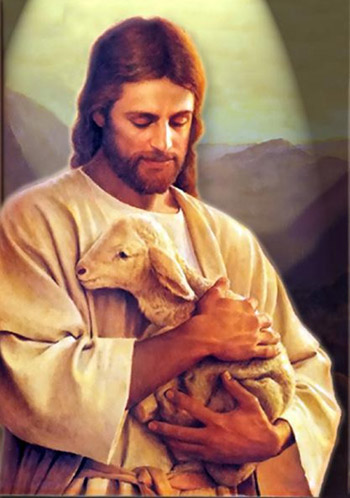
What does the name Jesus mean?
The name Jesus means Saviour.

What do these names tell us?
That Jesus was annointed by God the Father to be our Saviour.

How many people are in Jesus?
There is only one person in Jesus, the person of God the Son.

Who is Jesus Christ?
Jesus Christ is God the Son, who became man for us.

Is Jesus Christ truly God?
Jesus Christ is truly God, the second person of the trinity, the Son, the Eternal Word, whom with the Father and the Holy Spirit always was, is, and always will be. 'In the beginning was the Word' (John 1:1)

Is Jesus Christ truly man?
Jesus Christ is truly man because he has the nature of man, having a body and soul.

Was Jesus Christ always man?
Jesus Christ was not always man but became man in the womb of the Virgin Mary.

What do we call the mystery of God becoming man?
We call this mystery 'the Incarnation' which means that God the Son, became man, a human being like us from sin. 'the Word was made flesh and dwelt among us' (John 1:14).

How many natures are there in Jesus?
There are two natures in Jesus, the Divine nature of God and he Human nature of man.

What does the name 'Christ' mean?
The name Christ means annointed.

What does the name Jesus mean?
The name Jesus means Saviour.

What do these names tell us?
That Jesus was annointed by God the Father to be our Saviour.

How many people are in Jesus?
There is only one person in Jesus, the person of God the Son.

Wednesday, May 29, 2013
The Trinity
Introduction to the Trinity
- began with the covenant between God and Abraham
- grew through Abraham, Sarah and their descendants

- refers to the central mystery of the Christian faith
- Mystery - God exists as a communion of the three distinct and interrelated Divine Persons: Father, Son, Holy Spirit
Many images and analogies throughout our Church's history have tried to bring clarity to this mystery faith.
-According to legend, Saint Patrick used the Shamrock to explain the Trinity. How does the shamrock represent the Trinity?
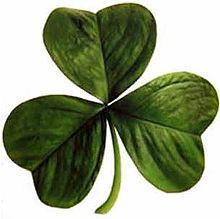
- What is Monotheism?
- began with the covenant between God and Abraham
- grew through Abraham, Sarah and their descendants
- Catholic Christians pray "in the name of the Father, and of the Son, and of the Holy Spirit." This may lead some to think that Catholics worship three Gods, not one.
- Catholics have always affirmed the truth that God is one.

- What is the Trinity?
- refers to the central mystery of the Christian faith
- Mystery - God exists as a communion of the three distinct and interrelated Divine Persons: Father, Son, Holy Spirit
- The Holy Trinity is a unique and defining trait of Chrisitan faith.
- The Catechism of the Catholic Church states that the Trinity is the Church's "most fundamental and essential teaching" (234) and the central Mystery of our faith, which only God can fully reveal to us.
Many images and analogies throughout our Church's history have tried to bring clarity to this mystery faith.
-According to legend, Saint Patrick used the Shamrock to explain the Trinity. How does the shamrock represent the Trinity?

Monday, May 27, 2013
Salvation
Text book page 110-111
Discussion Questions
1. What reasons do Christians have for being filled with hope?
Because God offers eternal life to all people, if they wish to accept it.
2. How can a Christian show that he or she hopes in a life beyond death?
Prayer, going to church etc.
3. If you have ever attended a Catholic funeral, recall the ideas that came through the service. Certainly there would have been a feeling of sadness, but did any other feelings or ideas come through to you?
Priest would talk about eternal life and how God has taken the person. Or the person has returned home.
4. Catholics often use the term heaven to refer to life after death. What do you understand by this term?
Heaven or Paradise is for me everyone's home in the end.
5. Develop an explanation of the word "heaven " for someone who does not know what the word means.
Heaven is a real place and can be known as paradise and your home when your journey on this earth ends.
Discussion Questions

1. What reasons do Christians have for being filled with hope?
Because God offers eternal life to all people, if they wish to accept it.
2. How can a Christian show that he or she hopes in a life beyond death?
Prayer, going to church etc.
3. If you have ever attended a Catholic funeral, recall the ideas that came through the service. Certainly there would have been a feeling of sadness, but did any other feelings or ideas come through to you?
Priest would talk about eternal life and how God has taken the person. Or the person has returned home.
4. Catholics often use the term heaven to refer to life after death. What do you understand by this term?
Heaven or Paradise is for me everyone's home in the end.
5. Develop an explanation of the word "heaven " for someone who does not know what the word means.
Heaven is a real place and can be known as paradise and your home when your journey on this earth ends.
God in Art
Page 102 To Know Worship and love
 Cornelis Monsma, Contemporary artist, New Zealand, Regeneration
Cornelis Monsma, Contemporary artist, New Zealand, Regeneration
This image could represent either people climbing/ reachin for God or how light always overcomes darkness. Or he could be spreading waves of love on all people.
 This shows that God (right hand) and Man/ Adam (left hand) are trying to connect. ie; God is reaching out however man are'nt really trying.
This shows that God (right hand) and Man/ Adam (left hand) are trying to connect. ie; God is reaching out however man are'nt really trying.
 Cornelis Monsma, Contemporary artist, New Zealand, Regeneration
Cornelis Monsma, Contemporary artist, New Zealand, Regeneration This image could represent either people climbing/ reachin for God or how light always overcomes darkness. Or he could be spreading waves of love on all people.
 This shows that God (right hand) and Man/ Adam (left hand) are trying to connect. ie; God is reaching out however man are'nt really trying.
This shows that God (right hand) and Man/ Adam (left hand) are trying to connect. ie; God is reaching out however man are'nt really trying.Tuesday, May 7, 2013
The Nicene Creed
Definition of a Creed

The Nicene Creed;
I believe in one God,
the Father almighty,
maker of heaven and earth,
of all things visible and invisible.
I believe in one Lord Jesus Christ,
the only Begotten Son of God,
born of the Father before all ages.
God from God, Light from Light,
true God from true God,
Begotten, not made, consubstantial with the Father;
through him all things were made.
For us men and for our salvation
he came down from Heaven,
and by the Holy Spirit was incarnate
of the Virgin Mary,
and became man.
For our sake he was crucified under Pontius Pilate,
he suffered death and was buried,
and rose again on the third day
in accordance with the scriptures.
He ascended into Heaven
and is seated at the right hand of the Father.
He will come again in glory
to judge the living and the dead
and his Kingdom will have no end.
I believe in the Holy Spirit, the Lord, the giver of life,
who proceeds from the Father and the Son,
who with the Father and the Son is adored and glorified,
who has spoken through the prophets.
I believe in one, Holy, Catholic and apostolic Church.
I confess one baptism for the forgiveness of sins
and I look forward to the resurrection of the dead
and the life of the world to come.
Amen.
Five Themes of the Nicene Creed
- A creed is a statement of belief, in particular a statement of faith that describes the beliefs shared by a religious community.
- For Catholics, the Nicene Creed is the most important expression of faith in the community.

The Nicene Creed;
I believe in one God,
the Father almighty,
maker of heaven and earth,
of all things visible and invisible.
I believe in one Lord Jesus Christ,
the only Begotten Son of God,
born of the Father before all ages.
God from God, Light from Light,
true God from true God,
Begotten, not made, consubstantial with the Father;
through him all things were made.
For us men and for our salvation
he came down from Heaven,
and by the Holy Spirit was incarnate
of the Virgin Mary,
and became man.
For our sake he was crucified under Pontius Pilate,
he suffered death and was buried,
and rose again on the third day
in accordance with the scriptures.
He ascended into Heaven
and is seated at the right hand of the Father.
He will come again in glory
to judge the living and the dead
and his Kingdom will have no end.
I believe in the Holy Spirit, the Lord, the giver of life,
who proceeds from the Father and the Son,
who with the Father and the Son is adored and glorified,
who has spoken through the prophets.
I believe in one, Holy, Catholic and apostolic Church.
I confess one baptism for the forgiveness of sins
and I look forward to the resurrection of the dead
and the life of the world to come.
Amen.
Five Themes of the Nicene Creed
- God is the creator of all that extists.
- Jesus was and is totally one with God, fully divine; of one substance (consubstantial) with the Father.
- In Jesus, God took on human flesh and lived amongst us. He was eventually executed by crucifixion, but death did not defeat him as God raised him up so that we could know that all Jesus taught us was true.
- The Holy Spirit remains with us. Guiding the Church and empowering believers not only to remember but also to live out the message of Jesus.
- We are called to live out our faith in community, in "one holy catholic (meaning universal) and the apostolic (following in the tradition of the Apostles) Church.
Sunday, May 5, 2013
Beliefs in Religion
Text book page 96
List each aspect of a Belief include a brief summary and a Christian example.
A belief in a religion is an idea which people/followers in the religion hold to be sincerely true.
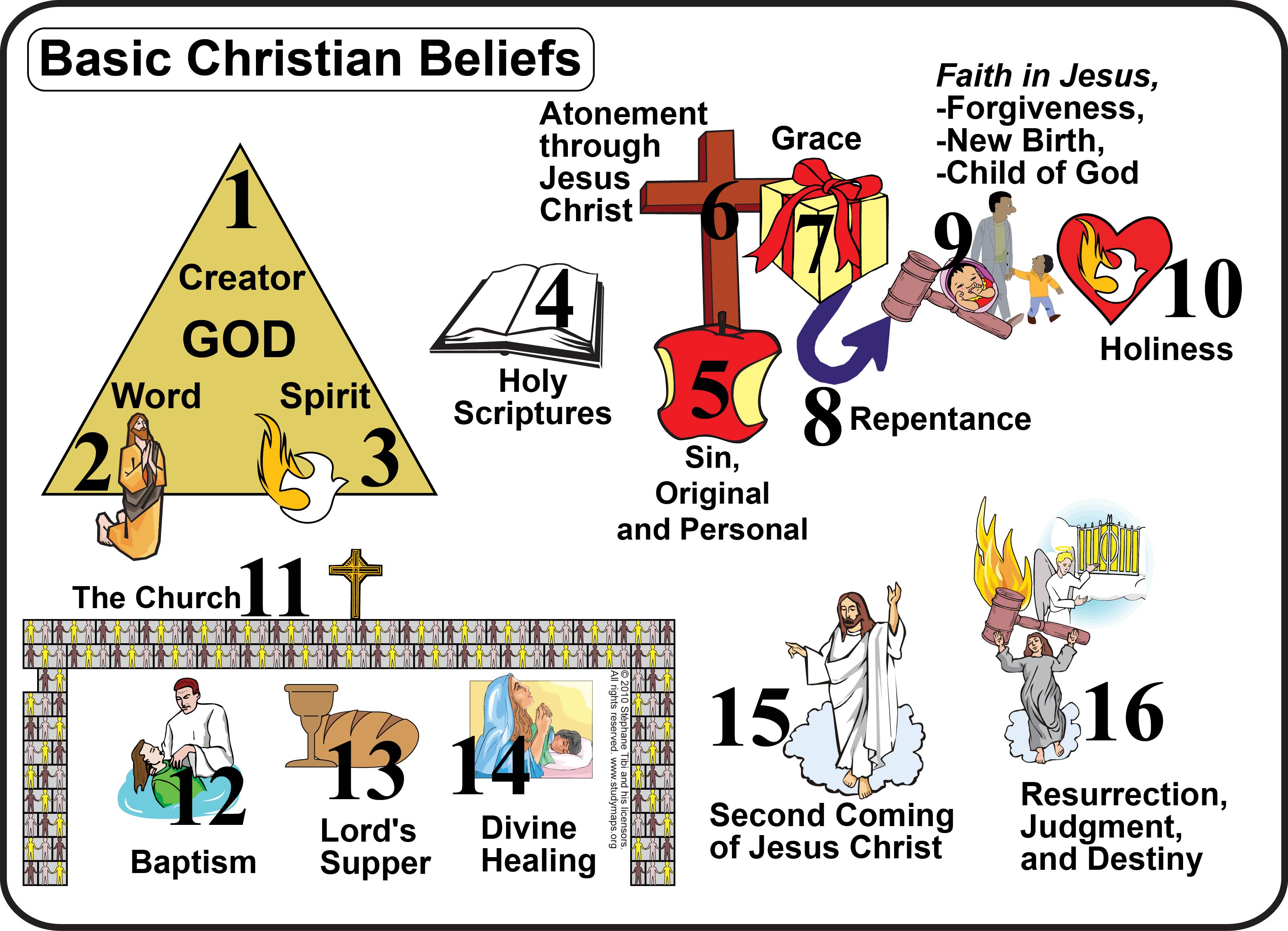
1. RITUALS; Christians have the celebration of the Eucharist, Christmas, Easter and sacraments.
2. SYMBOLS; Cross (and/or) Crucifix are a powerful and meaningful symbol of Christ's Sacrifice
3. VALUES & LAWS; For Christians it is the Bible especially the Ten commandments and the New Commandment to Love the Lord your God with all your heart, mind and soul and love thy neighbour as yourself.

4. STORIES & LITERATURE; Christians have the stories and literature from the Gospels Matthew, Mark, Luke and John as well as stories about Saints, Holy people , Religious practices as well as letters, directives and written advice from church leaders.

5. SOCIAL STRUCTURE; which relates to the the religion is organised, the roles that people have in it and places for worship. example; Christians have priests, bishops, nuns and sisters, cardinals & the Pope and we tend to worship in a church, cathedral, chapel etc.

6. SACRED TEXT; The text that is the centre of the religion example; For Christians it is the Bible including the Old & New Testaments.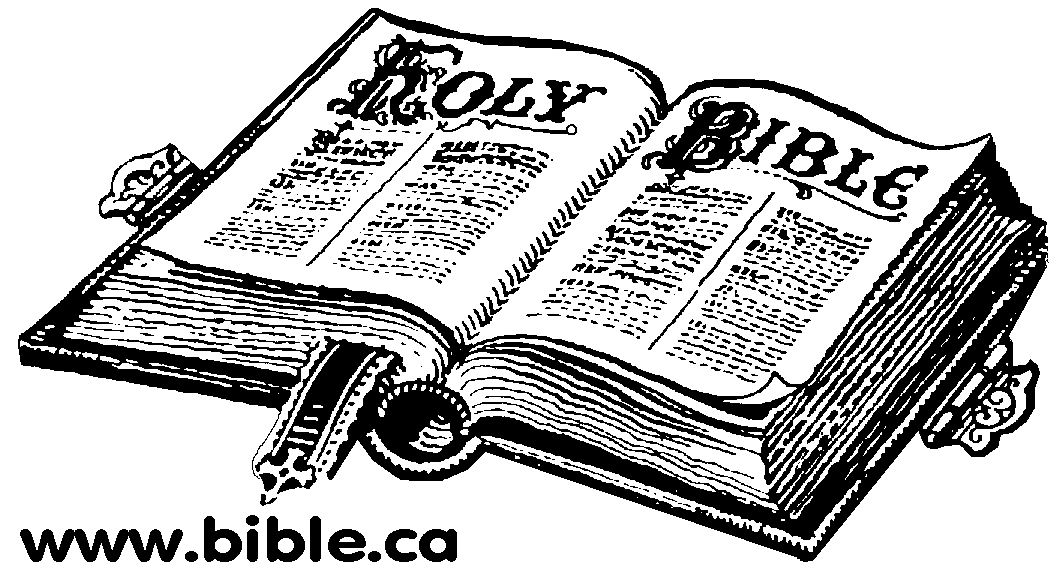
7. INDIVIDUAL EXPERIENCE; What it means to be apart of the religion. example; Christians can pray anytime, in church, at home, school etc. Also it's how followers of the Religion get involved for example; reading at church, being part of the band/choir for the church.

List each aspect of a Belief include a brief summary and a Christian example.
A belief in a religion is an idea which people/followers in the religion hold to be sincerely true.

1. RITUALS; Christians have the celebration of the Eucharist, Christmas, Easter and sacraments.

2. SYMBOLS; Cross (and/or) Crucifix are a powerful and meaningful symbol of Christ's Sacrifice

3. VALUES & LAWS; For Christians it is the Bible especially the Ten commandments and the New Commandment to Love the Lord your God with all your heart, mind and soul and love thy neighbour as yourself.

4. STORIES & LITERATURE; Christians have the stories and literature from the Gospels Matthew, Mark, Luke and John as well as stories about Saints, Holy people , Religious practices as well as letters, directives and written advice from church leaders.

5. SOCIAL STRUCTURE; which relates to the the religion is organised, the roles that people have in it and places for worship. example; Christians have priests, bishops, nuns and sisters, cardinals & the Pope and we tend to worship in a church, cathedral, chapel etc.

6. SACRED TEXT; The text that is the centre of the religion example; For Christians it is the Bible including the Old & New Testaments.

7. INDIVIDUAL EXPERIENCE; What it means to be apart of the religion. example; Christians can pray anytime, in church, at home, school etc. Also it's how followers of the Religion get involved for example; reading at church, being part of the band/choir for the church.

Subscribe to:
Comments (Atom)


